

| Firma : Lueftner Cruises |
| Statek : AMADEUS Aurea |
| Data rozpoczęcia : sob. 28 lis 2026 |
| Data zakończenia : pt. 04 gru 2026 |
| Liczba nocy : 6 nocy |
| Dzień | Data | Port | Wypłynięcie | Odpłynięcie |
|---|---|---|---|---|
| 1 | 28.11 sob. | Żyła / Austria | ||
| 2 | 29.11 niedz. | Żyła / Austria | 22:30 | |
| 3 | 30.11 pon. | Emmersdorf an der Donau / Austria | 08:30 | 14:00 |
| 4 | 1.12 wt. | Passau / Niemcy | 08:30 | 16:00 |
| 5 | 2.12 śr. | Ratyzbona / Niemcy | 09:00 | 21:00 |
| 6 | 3.12 czw. | Roth | 13:00 | 13:30 |
| 6 | 3.12 czw. | Norymberga / Niemcy | 17:00 | |
| 7 | 4.12 pt. | Norymberga / Niemcy |
Luksusowe zakwaterowanie w wybranej zewnętrznej kabinie z widokiem na rzekę: Przestronne apartamenty Mozart z balkonem, kabiny na pokładach Mozart i Strauss z opuszczanymi, chowanymi oknami panoramicznymi oferującymi szeroki widok (z wyjątkiem Amadeus Brilliant)
Indywidualna klimatyzacja i sejf w pokoju
Wybór konfiguracji łóżek we wszystkich kategoriach (łóżko podwójne lub dwa pojedyncze)
Wykwintna kuchnia
Wykwintna kuchnia obejmująca śniadania, wielodaniowe obiady i kolacje z wyborem menu (w tym opcje wegetariańskie), podwieczorki i przekąski późnym wieczorem
Dostępne w dużych ilościach, ręcznie wyselekcjonowane wina z najlepszych regionów winiarskich Europy serwowane do kolacji na pokładzie
Kawa i herbata dostępne 24 godziny na dobę w Klubie Amadeus
Przyjęcie powitalne i pożegnalne, kolacja powitalna i uroczysta kolacja kapitańska
Rejs odkrywczy
Indywidualna obsługa doświadczonego, wielojęzycznego dyrektora rejsów AMADEUS
Cyfrowy system audio AMADEUS dla wszystkich uczestników rejsów Wycieczki
Różnorodne, wzbogacające programy na pokładzie, w tym fascynujące wykłady, pokazy kulinarne, lokalne występy kulturalne i muzyka w wykonaniu naszych muzyków
Bezpłatne korzystanie z rowerów na pokładzie do samodzielnej eksploracji
Centrum fitness na pokładzie czynne 24 godziny na dobę
Wszystkie opłaty portowe, zaokrętowanie, wyokrętowanie i opłaty za śluzy wliczone w cenę rejsu
Aby potwierdzić rezerwację, wymagany jest minimalny depozyt w wysokości 30%. Ostateczna kwota musi zostać wpłacona najpóźniej na 60 dni przed wyjazdem, niezależnie od tego, czy wysłano wezwanie do zapłaty. Wszystkie rezerwacje mogą zostać anulowane, jeśli płatności nie wpłyną w podanym terminie. W takim przypadku przewoźnik ma prawo anulować rezerwację zgodnie z opłatami za anulowanie określonymi w niniejszych warunkach. Po uiszczeniu przez uczestnika(-ów) pełnej kwoty faktury, przewoźnik zobowiązuje się do zapewnienia świadczenia usług opisanych w niniejszej broszurze. Dokonanie płatności lub akceptacja biletu oznacza akceptację warunków podróży.
Zasady anulowania rezerwacji.
W przypadku odwołania, przewoźnik ma prawo żądać następujących opłat za odwołanie, obliczonych jako procent kosztu podróży i zależnych od liczby dni pozostałych do planowanej daty odlotu:
121 dni i więcej – 10%
120 – 90 dni – 15%
89 – 60 dni – 35%
59 – 30 dni – 50%
29 – 15 dni – 80%
14 – 1 dzień – 85%
W dniu odlotu – 100%
Anulacje muszą być dokonane w formie pisemnej.
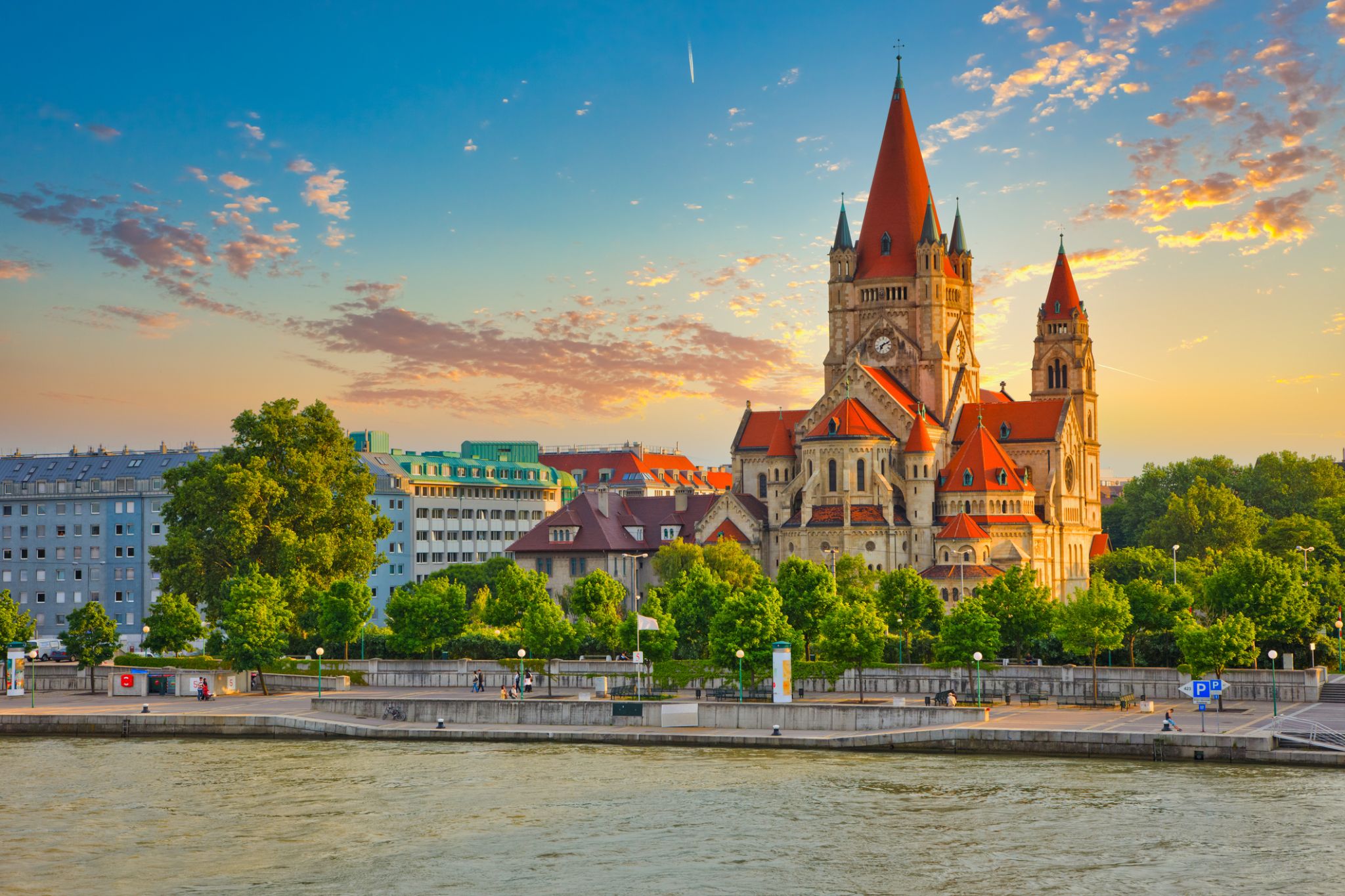
Vienna is the federal capital and largest city of Austria, and one of the nine states of Austria. Vienna is Austria's primate city, with a population of about 1.9 million (2.6 million within the metropolitan area, nearly one third of Austria's population), and its cultural, economic, and political centre. It is the 7th-largest city by population within city limits in the European Union. Until the beginning of the 20th century, it was the largest German-speaking city in the world, and before the splitting of the Austro-Hungarian Empire in World War I, the city had 2 million inhabitants. Today, it has the second largest number of German speakers after Berlin.Vienna is host to many major international organizations, including the United Nations and OPEC. The city is located in the eastern part of Austria and is close to the borders of the Czech Republic, Slovakia, and Hungary. These regions work together in a European Centrope border region. Along with nearby Bratislava, Vienna forms a metropolitan region with 3 million inhabitants. In 2001, the city centre was designated a UNESCO World Heritage Site. In July 2017 it was moved to the list of World Heritage in Danger.
Apart from being regarded as the City of Music[ because of its musical legacy, Vienna is also said to be "The City of Dreams" because it was home to the world's first psychoanalyst – Sigmund Freud. The city's roots lie in early Celticand Roman settlements that transformed into a Medieval and Baroque city, and then the capital of the Austro-Hungarian Empire. It is well known for having played an essential role as a leading European music centre, from the great age of Viennese Classicism through the early part of the 20th century. The historic centre of Vienna is rich in architectural ensembles, including Baroque castles and gardens, and the late-19th-century Ringstraße lined with grand buildings, monuments and parks.
Vienna is known for its high quality of life. In a 2005 study of 127 world cities, the Economist Intelligence Unit ranked the city first (in a tie with Vancouver and San Francisco) for the world's most liveable cities. Between 2011 and 2015, Vienna was ranked second, behind Melbourne. In 2018, it replaced Melbourne as the number one spot. For eight consecutive years (2009–2016), the human-resource-consulting firm Mercer ranked Vienna first in its annual "Quality of Living" survey of hundreds of cities around the world, a title the city still held in 2016. Monocle's 2015 "Quality of Life Survey" ranked Vienna second on a list of the top 25 cities in the world "to make a base within."
The UN-Habitat classified Vienna as the most prosperous city in the world in 2012/2013. The city was ranked 1st globally for its culture of innovation in 2007 and 2008, and sixth globally (out of 256 cities) in the 2014 Innovation Cities Index, which analyzed 162 indicators in covering three areas: culture, infrastructure, and markets. Vienna regularly hosts urban planning conferences and is often used as a case study by urban planners.
Between 2005 and 2010, Vienna was the world's number-one destination for international congresses and conventions. It attracts over 6.8 million tourists a year.

Vienna is the federal capital and largest city of Austria, and one of the nine states of Austria. Vienna is Austria's primate city, with a population of about 1.9 million (2.6 million within the metropolitan area, nearly one third of Austria's population), and its cultural, economic, and political centre. It is the 7th-largest city by population within city limits in the European Union. Until the beginning of the 20th century, it was the largest German-speaking city in the world, and before the splitting of the Austro-Hungarian Empire in World War I, the city had 2 million inhabitants. Today, it has the second largest number of German speakers after Berlin.Vienna is host to many major international organizations, including the United Nations and OPEC. The city is located in the eastern part of Austria and is close to the borders of the Czech Republic, Slovakia, and Hungary. These regions work together in a European Centrope border region. Along with nearby Bratislava, Vienna forms a metropolitan region with 3 million inhabitants. In 2001, the city centre was designated a UNESCO World Heritage Site. In July 2017 it was moved to the list of World Heritage in Danger.
Apart from being regarded as the City of Music[ because of its musical legacy, Vienna is also said to be "The City of Dreams" because it was home to the world's first psychoanalyst – Sigmund Freud. The city's roots lie in early Celticand Roman settlements that transformed into a Medieval and Baroque city, and then the capital of the Austro-Hungarian Empire. It is well known for having played an essential role as a leading European music centre, from the great age of Viennese Classicism through the early part of the 20th century. The historic centre of Vienna is rich in architectural ensembles, including Baroque castles and gardens, and the late-19th-century Ringstraße lined with grand buildings, monuments and parks.
Vienna is known for its high quality of life. In a 2005 study of 127 world cities, the Economist Intelligence Unit ranked the city first (in a tie with Vancouver and San Francisco) for the world's most liveable cities. Between 2011 and 2015, Vienna was ranked second, behind Melbourne. In 2018, it replaced Melbourne as the number one spot. For eight consecutive years (2009–2016), the human-resource-consulting firm Mercer ranked Vienna first in its annual "Quality of Living" survey of hundreds of cities around the world, a title the city still held in 2016. Monocle's 2015 "Quality of Life Survey" ranked Vienna second on a list of the top 25 cities in the world "to make a base within."
The UN-Habitat classified Vienna as the most prosperous city in the world in 2012/2013. The city was ranked 1st globally for its culture of innovation in 2007 and 2008, and sixth globally (out of 256 cities) in the 2014 Innovation Cities Index, which analyzed 162 indicators in covering three areas: culture, infrastructure, and markets. Vienna regularly hosts urban planning conferences and is often used as a case study by urban planners.
Between 2005 and 2010, Vienna was the world's number-one destination for international congresses and conventions. It attracts over 6.8 million tourists a year.
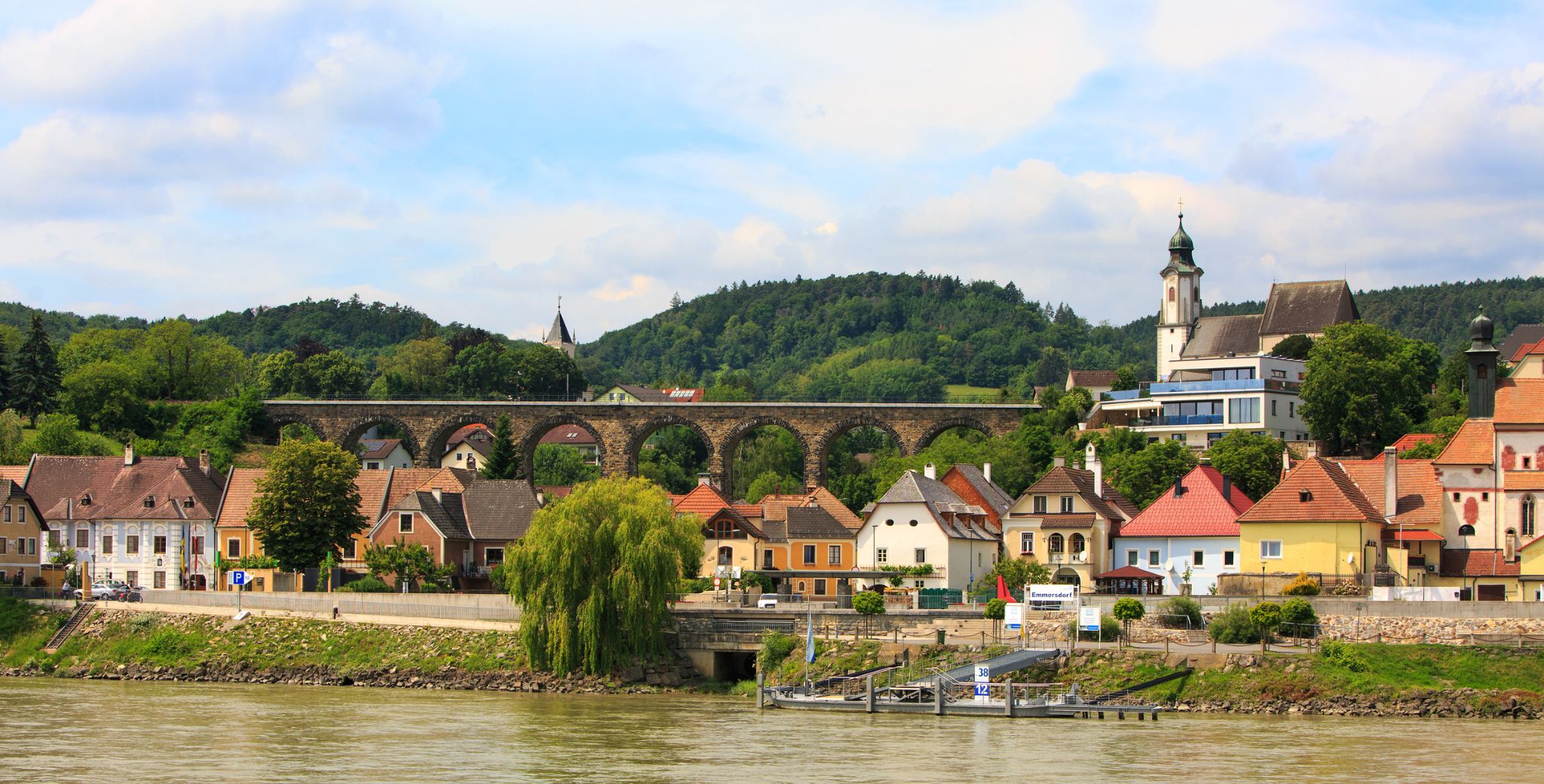
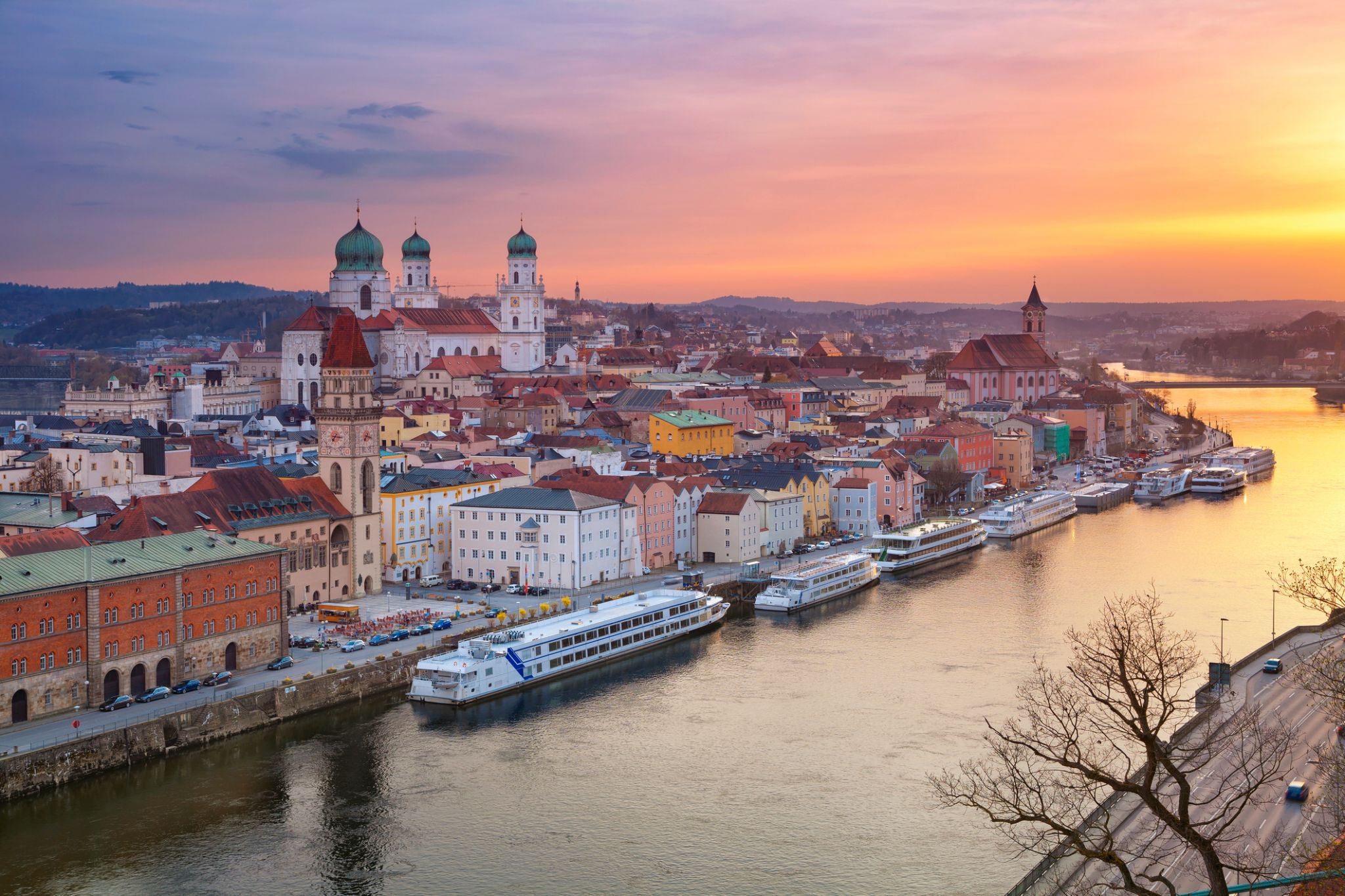
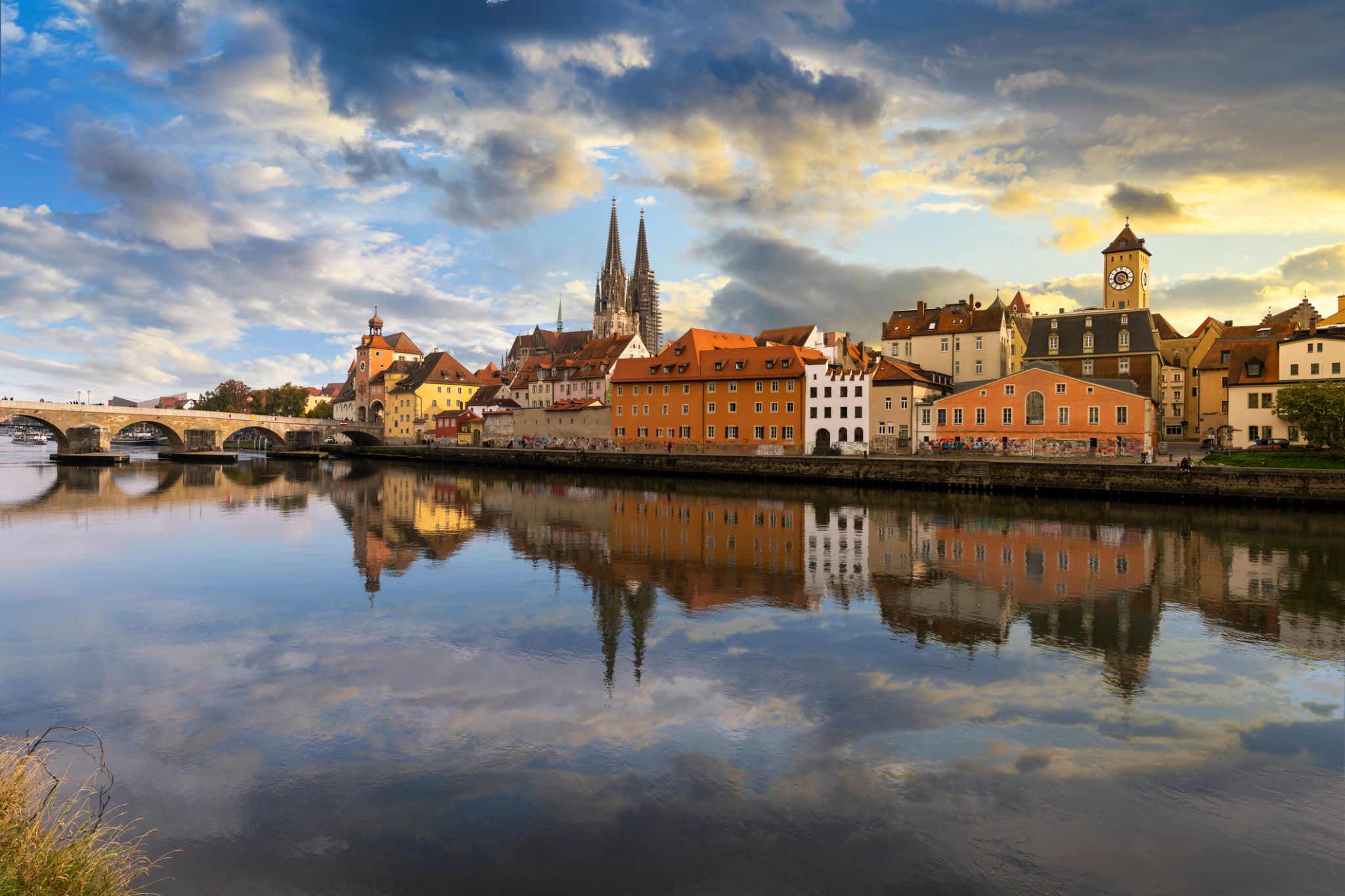
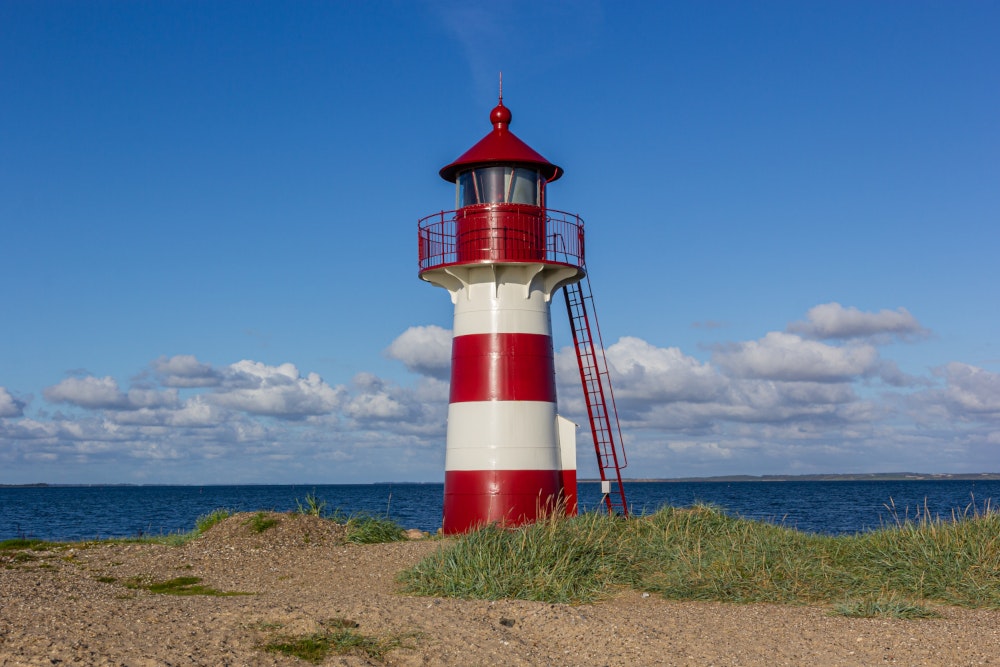

Norymberga to historyczne miasto na południu Niemiec, położone w Bawarii. Znane jest z atmosfery średniowiecza oraz jako centrum niemieckiej kultury i historii. Miasto stało się ważnym centrum handlowym i kulturalnym już w średniowieczu, a dziś jego historyczne centrum przyciąga turystów z całego świata. Jedną z głównych atrakcji jest Zamek Norymberski, który wznosi się nad miastem i oferuje zapierający dech widok na jego ulice i place. Warto również wspomnieć o słynnym rynku, na którym można kupić unikalne towary oraz spróbować tradycyjnych niemieckich dań.
Norymberga ma także istotne znaczenie w historii świata, ponieważ to właśnie tutaj po II wojnie światowej odbyły się procesy norymberskie. Dziś miasto zachowuje pamięć o tym okresie, posiadając liczne muzea i pomniki poświęcone tym wydarzeniom. Ponadto Norymberga jest ważnym centrum kulturalnym, w którym regularnie odbywają się festiwale teatralne, muzyczne i artystyczne. To miasto jest idealnym miejscem dla tych, którzy chcą cieszyć się połączeniem starożytnej historii, współczesnej kultury i unikalnej atmosfery Bawarii.

Norymberga to historyczne miasto na południu Niemiec, położone w Bawarii. Znane jest z atmosfery średniowiecza oraz jako centrum niemieckiej kultury i historii. Miasto stało się ważnym centrum handlowym i kulturalnym już w średniowieczu, a dziś jego historyczne centrum przyciąga turystów z całego świata. Jedną z głównych atrakcji jest Zamek Norymberski, który wznosi się nad miastem i oferuje zapierający dech widok na jego ulice i place. Warto również wspomnieć o słynnym rynku, na którym można kupić unikalne towary oraz spróbować tradycyjnych niemieckich dań.
Norymberga ma także istotne znaczenie w historii świata, ponieważ to właśnie tutaj po II wojnie światowej odbyły się procesy norymberskie. Dziś miasto zachowuje pamięć o tym okresie, posiadając liczne muzea i pomniki poświęcone tym wydarzeniom. Ponadto Norymberga jest ważnym centrum kulturalnym, w którym regularnie odbywają się festiwale teatralne, muzyczne i artystyczne. To miasto jest idealnym miejscem dla tych, którzy chcą cieszyć się połączeniem starożytnej historii, współczesnej kultury i unikalnej atmosfery Bawarii.